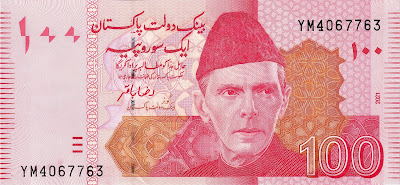The Romanian Leu, a currency steeped in history and tradition, serves as a cornerstone of Romania's economic landscape, embodying the nation's resilience, evolution, and aspirations. Originating from the Latin word "leō," meaning lion, the Leu symbolizes strength and stability, reflecting Romania's enduring spirit across centuries of transformation.
The Leu's origins can be traced back to the late 19th century, when Romania embarked on a path of modernization and nation-building. In 1867, the Romanian United Principalities, comprising Moldavia and Wallachia, adopted the Leu as its official currency, replacing various regional currencies and establishing a unified monetary system. Modeled after the French franc, the Leu initially circulated as a silver coin, adorned with images of Romanian monarchs and national symbols.
Throughout the tumultuous 20th century, the Leu weathered political upheavals, economic crises, and social transformations. Following World War I, Romania experienced rapid inflation, prompting the introduction of new currency denominations and monetary reforms. Despite these challenges, the Leu remained a symbol of national pride and resilience, anchoring Romania's economic stability amidst turbulent times.
During the communist era, under the regime of Nicolae Ceaușescu, the Leu underwent further changes as the government sought to exert control over the economy. In 1947, the Leu was pegged to the Soviet ruble, signaling Romania's alignment with the Eastern Bloc. However, decades of central planning and state intervention led to economic stagnation and widespread poverty, eroding the Leu's value and undermining public trust in the currency.
With the collapse of communism in 1989, Romania embarked on a path of economic liberalization and transition to a market-based economy. The Leu was reintroduced as the country's official currency, symbolizing Romania's break from its communist past and embrace of democratic reforms. In 2005, Romania underwent a currency reform, redenominating the Leu at a rate of 10,000 old Lei to 1 new Leu, in an effort to streamline the currency and enhance its credibility in the global marketplace.
Today, the Romanian Leu stands as a symbol of Romania's integration into the global economy, with its value influenced by a myriad of factors including economic growth, inflation rates, and geopolitical dynamics. While fluctuations in the Leu's value are not uncommon, Romania's commitment to fiscal discipline and structural reforms has bolstered confidence in the currency, ensuring its continued stability and resilience in an ever-changing world.
As Romania continues its journey of economic development and modernization, the Leu remains an enduring symbol of the nation's past, present, and future aspirations, reflecting the resilience, strength, and dynamism of the Romanian people.




.jpg)
.jpg)
.jpg)
.jpg)
No hay comentarios:
Publicar un comentario